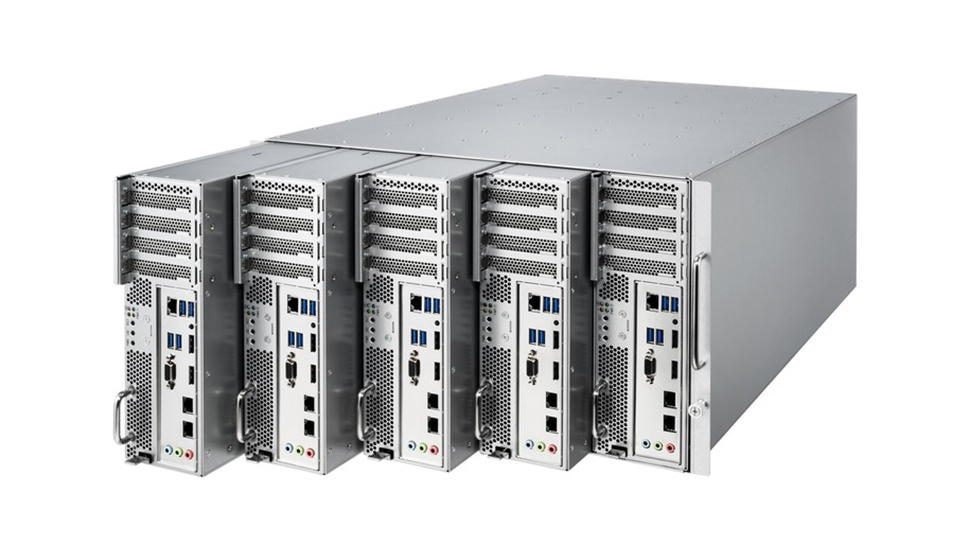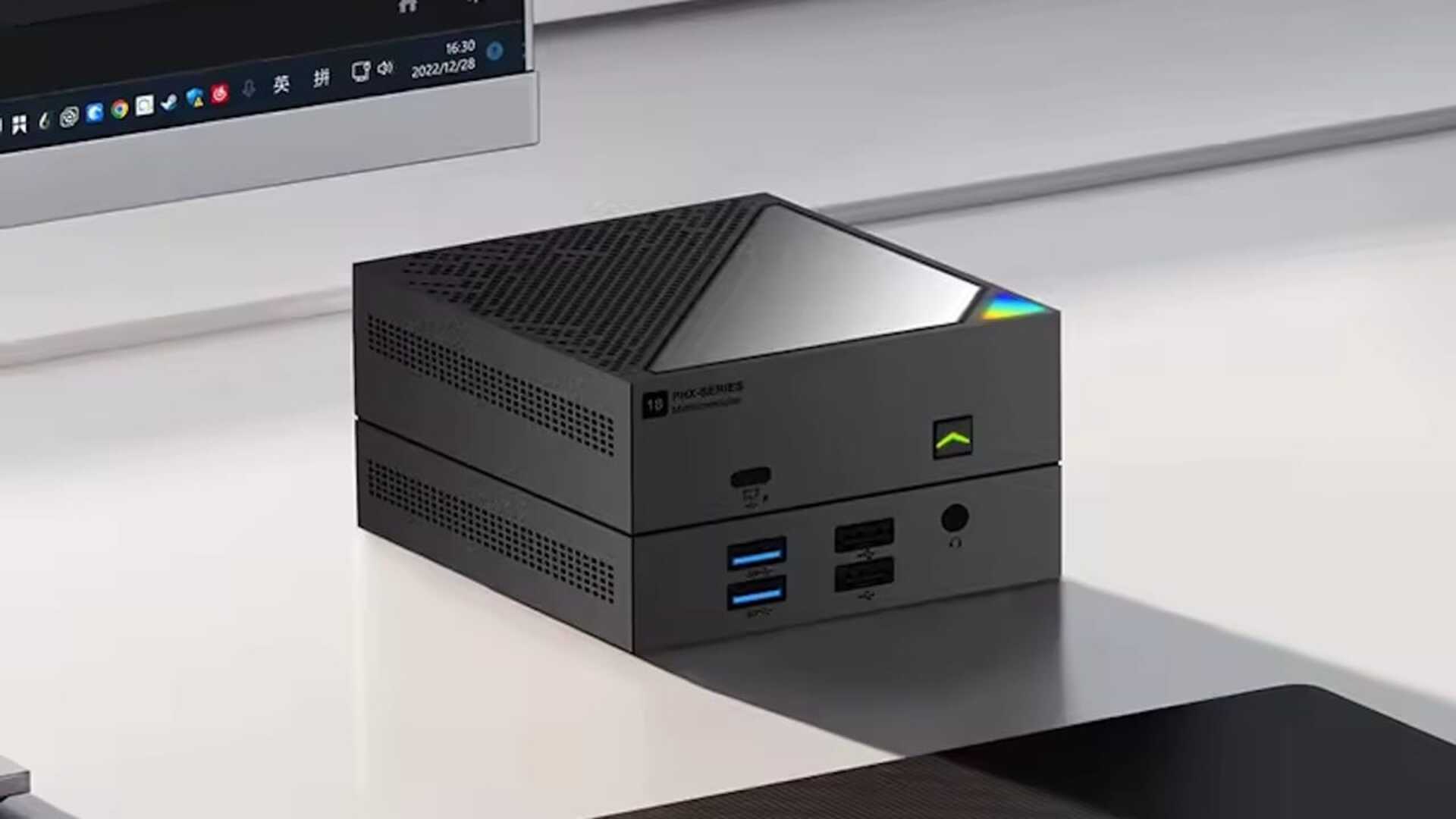Set Up PostgreSQL with NestJS & Docker for Fast Local Development
Launching a new project and need Postgres for NestJS development, but don’t want to commit to a production DB provider (yet)? Running a local Postgres instance in Docker is your best friend. Simple. Reliable. No system clutter. Below, I’ll walk you through my go-to setup for spinning up NestJS and PostgreSQL using Docker - minimal friction, fully scriptable, always reproducible. You’ll get practical configuration, commands for direct container access, and a sample NestJS database config. Why This Setup? Early development is all about moving fast: changing schemas, resetting data, running migrations, sometimes all in the same day. Managed cloud databases (like Neon) are a great final destination, but for local hacking and testing, Docker wins every time. It keeps Postgres off your host machine, avoids “works on my machine” surprises. This is true plug-and-play for local dev. Project Structure and Required Files Here’s what we’ll set up: Dockerfile for the NestJS app docker-compose.yml to wire up Node and Postgres .env file for environment variables Sample NestJS config and scripts Practical commands for common workflows Dockerfile: Simple Node Environment FROM node:18 WORKDIR /app COPY package*.json ./ RUN npm install COPY . . EXPOSE 3000 CMD ["npm", "run", "start:dev"] docker-compose.yml: Node + Postgres Side-by-Side This is the magic sauce that glues your Node API and a disposable Postgres instance together version: "3.8" services: db: image: postgres:13 restart: always env_file: - .env ports: - "5432:5432" volumes: - db-data:/var/lib/postgresql/data api: build: context: . dockerfile: Dockerfile ports: - "3000:3000" depends_on: - db env_file: - .env command: sh -c "npm run migration:run && npm run start:dev" volumes: db-data: Tip: The volumes key lets your database survive reboots without losing data. .env Create a .env file at your project root: POSTGRES_USER=postgres POSTGRES_PASSWORD=changeme POSTGRES_DB=app_db POSTGRES_HOST=db POSTGRES_PORT=5432 PORT=3000 Keep your secrets out of Git! .env goes in .gitignore. Package.json Scripts: Interactive Containers Why remember container IDs? Add this to your package.json scripts for quick access: "scripts": { "db": "docker exec -it $(docker-compose ps -q db) bash", "api": "docker exec -it $(docker-compose ps -q api) bash" } Now just run npm run db for a database container shell, or npm run api for the app. NestJS: Connecting to Your Dockerized Database In your main startup (e.g. main.ts): async function bootstrap() { const app = await NestFactory.create(AppModule); await app.listen(process.env.PORT); } bootstrap(); Database Config: Here’s a common config file for TypeORM : const config = { type: "postgres", host: process.env.POSTGRES_HOST, port: parseInt(process.env.POSTGRES_PORT, 10), username: process.env.POSTGRES_USER, password: process.env.POSTGRES_PASSWORD, database: process.env.POSTGRES_DB, entities: [__dirname + "/**/*.entity{.ts,.js}"], synchronize: false, // safer for non-prod migrations: [__dirname + "/migrations/**/*{.ts,.js}"], autoLoadEntities: true, }; Development Workflow: Day-to-Day Commands Start everything:docker-compose up --build (first time) or just docker-compose up View logs:docker-compose logs -f api Tear it down (remove containers):docker-compose down Hop in the DB shell:npm run db Hop in app container:npm run api Conclusion - Start Fast, Move Faster
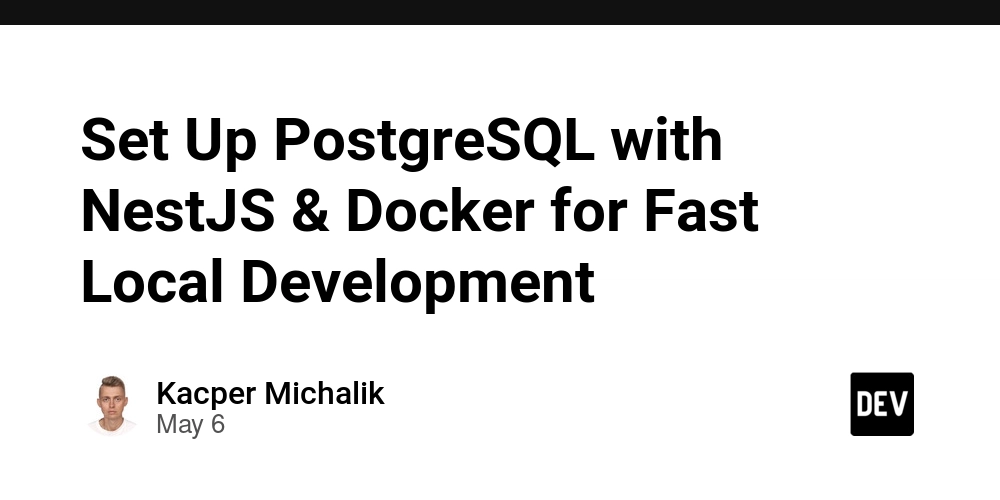
Launching a new project and need Postgres for NestJS development, but don’t want to commit to a production DB provider (yet)? Running a local Postgres instance in Docker is your best friend. Simple. Reliable. No system clutter.
Below, I’ll walk you through my go-to setup for spinning up NestJS and PostgreSQL using Docker - minimal friction, fully scriptable, always reproducible. You’ll get practical configuration, commands for direct container access, and a sample NestJS database config.
Why This Setup?
Early development is all about moving fast: changing schemas, resetting data, running migrations, sometimes all in the same day. Managed cloud databases (like Neon) are a great final destination, but for local hacking and testing, Docker wins every time. It keeps Postgres off your host machine, avoids “works on my machine” surprises. This is true plug-and-play for local dev.
Project Structure and Required Files
Here’s what we’ll set up:
- Dockerfile for the NestJS app
- docker-compose.yml to wire up Node and Postgres
- .env file for environment variables
- Sample NestJS config and scripts
- Practical commands for common workflows
Dockerfile: Simple Node Environment
FROM node:18
WORKDIR /app
COPY package*.json ./
RUN npm install
COPY . .
EXPOSE 3000
CMD ["npm", "run", "start:dev"]
docker-compose.yml: Node + Postgres Side-by-Side
This is the magic sauce that glues your Node API and a disposable Postgres instance together
version: "3.8"
services:
db:
image: postgres:13
restart: always
env_file:
- .env
ports:
- "5432:5432"
volumes:
- db-data:/var/lib/postgresql/data
api:
build:
context: .
dockerfile: Dockerfile
ports:
- "3000:3000"
depends_on:
- db
env_file:
- .env
command: sh -c "npm run migration:run && npm run start:dev"
volumes:
db-data:
Tip: The volumes key lets your database survive reboots without losing data.
.env
Create a .env file at your project root:
POSTGRES_USER=postgres
POSTGRES_PASSWORD=changeme
POSTGRES_DB=app_db
POSTGRES_HOST=db
POSTGRES_PORT=5432
PORT=3000
Keep your secrets out of Git! .env goes in .gitignore.
Package.json Scripts: Interactive Containers
Why remember container IDs? Add this to your package.json scripts for quick access:
"scripts": {
"db": "docker exec -it $(docker-compose ps -q db) bash",
"api": "docker exec -it $(docker-compose ps -q api) bash"
}
Now just run npm run db for a database container shell, or npm run api for the app.
NestJS: Connecting to Your Dockerized Database
In your main startup (e.g. main.ts):
async function bootstrap() {
const app = await NestFactory.create(AppModule);
await app.listen(process.env.PORT);
}
bootstrap();
Database Config:
Here’s a common config file for TypeORM :
const config = {
type: "postgres",
host: process.env.POSTGRES_HOST,
port: parseInt(process.env.POSTGRES_PORT, 10),
username: process.env.POSTGRES_USER,
password: process.env.POSTGRES_PASSWORD,
database: process.env.POSTGRES_DB,
entities: [__dirname + "/**/*.entity{.ts,.js}"],
synchronize: false, // safer for non-prod
migrations: [__dirname + "/migrations/**/*{.ts,.js}"],
autoLoadEntities: true,
};
Development Workflow: Day-to-Day Commands
- Start everything:
docker-compose up --build(first time) or justdocker-compose up - View logs:
docker-compose logs -f api - Tear it down (remove containers):
docker-compose down - Hop in the DB shell:
npm run db - Hop in app container:
npm run api






































































































































































![[The AI Show Episode 146]: Rise of “AI-First” Companies, AI Job Disruption, GPT-4o Update Gets Rolled Back, How Big Consulting Firms Use AI, and Meta AI App](https://www.marketingaiinstitute.com/hubfs/ep%20146%20cover.png)

















































































































































































.jpg?width=1920&height=1920&fit=bounds&quality=70&format=jpg&auto=webp#)










































































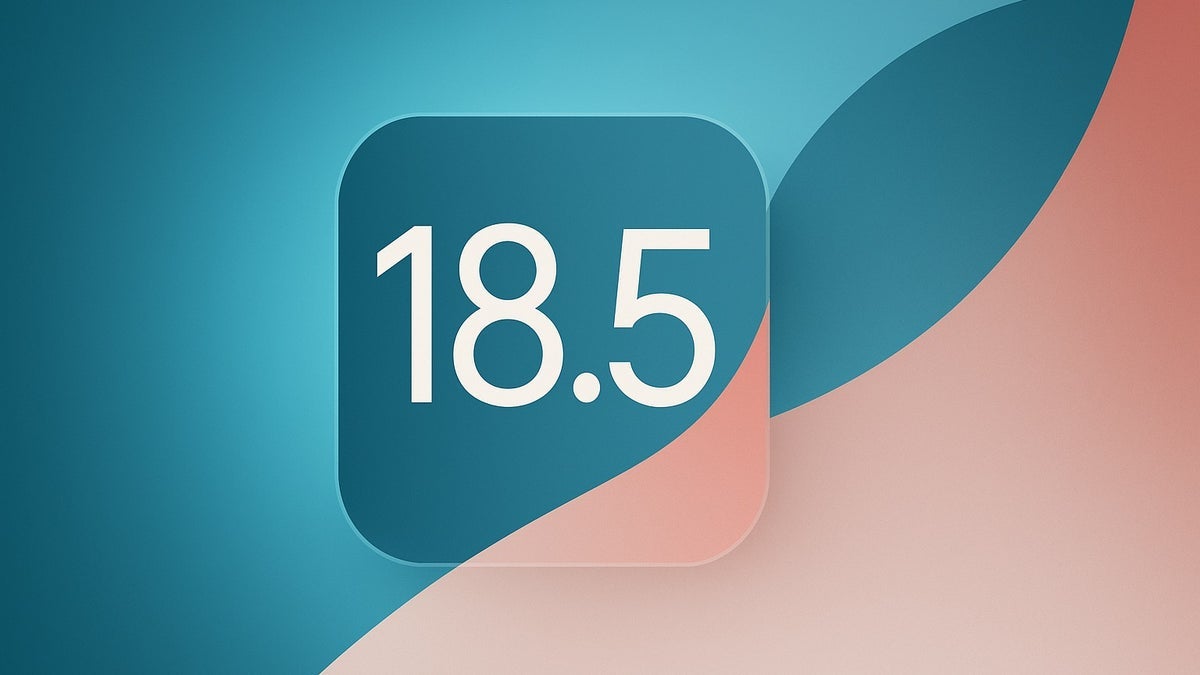









_Brian_Jackson_Alamy.jpg?width=1280&auto=webp&quality=80&disable=upscale#)

_Steven_Jones_Alamy.jpg?width=1280&auto=webp&quality=80&disable=upscale#)


 Stolen 884,000 Credit Card Details on 13 Million Clicks from Users Worldwide.webp?#)


































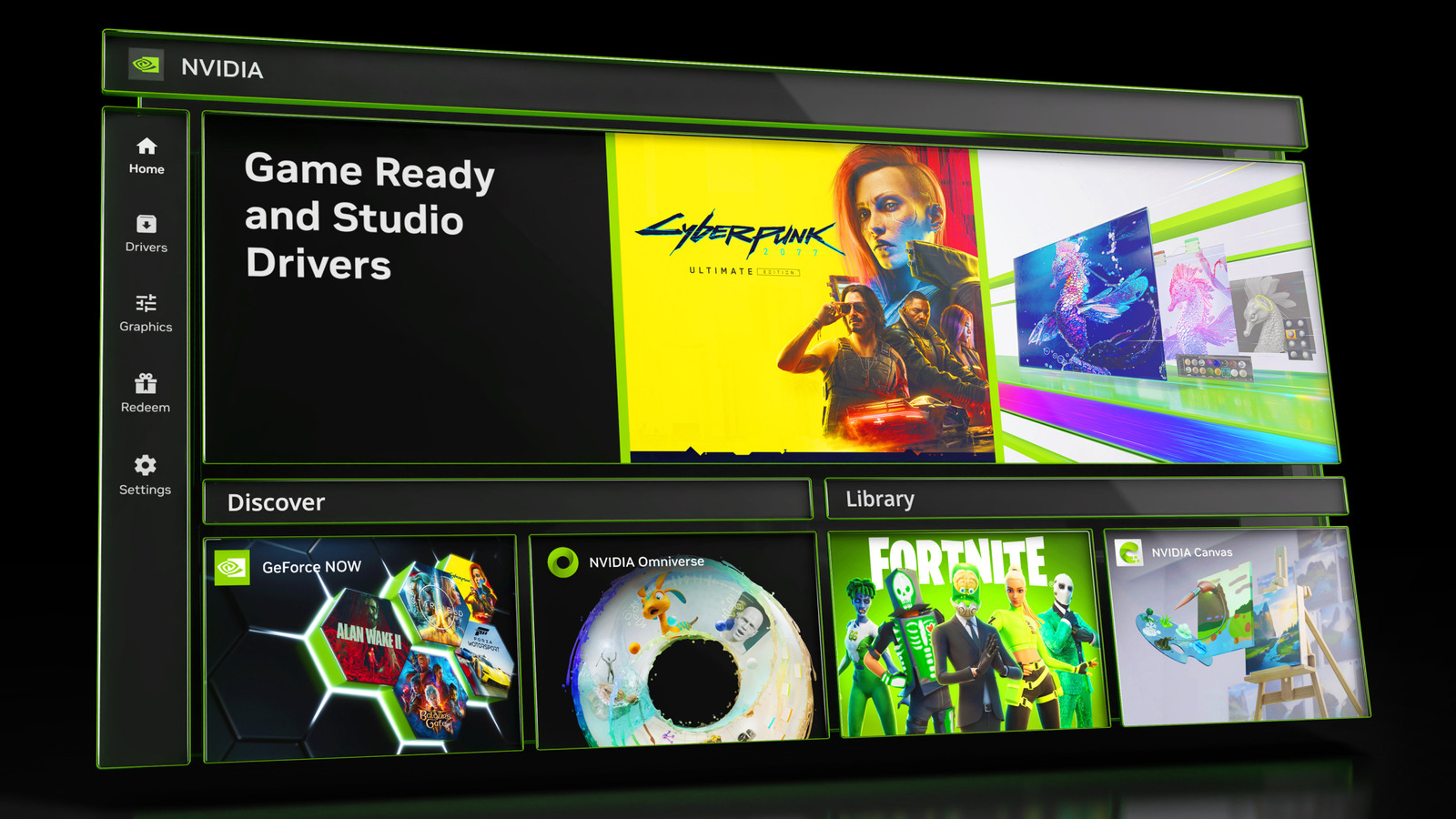





































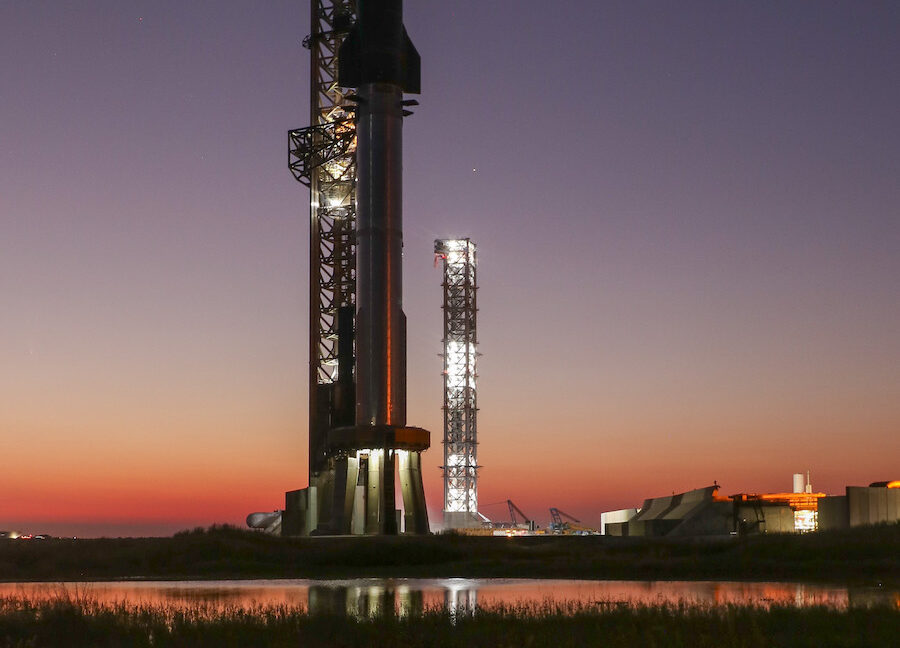


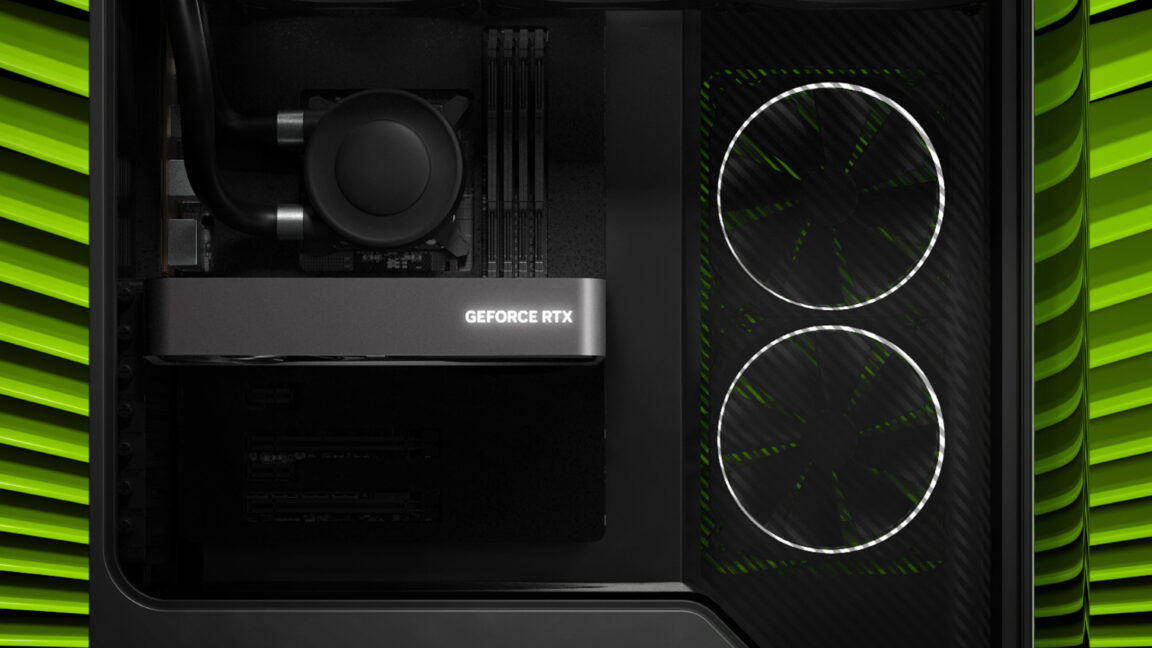
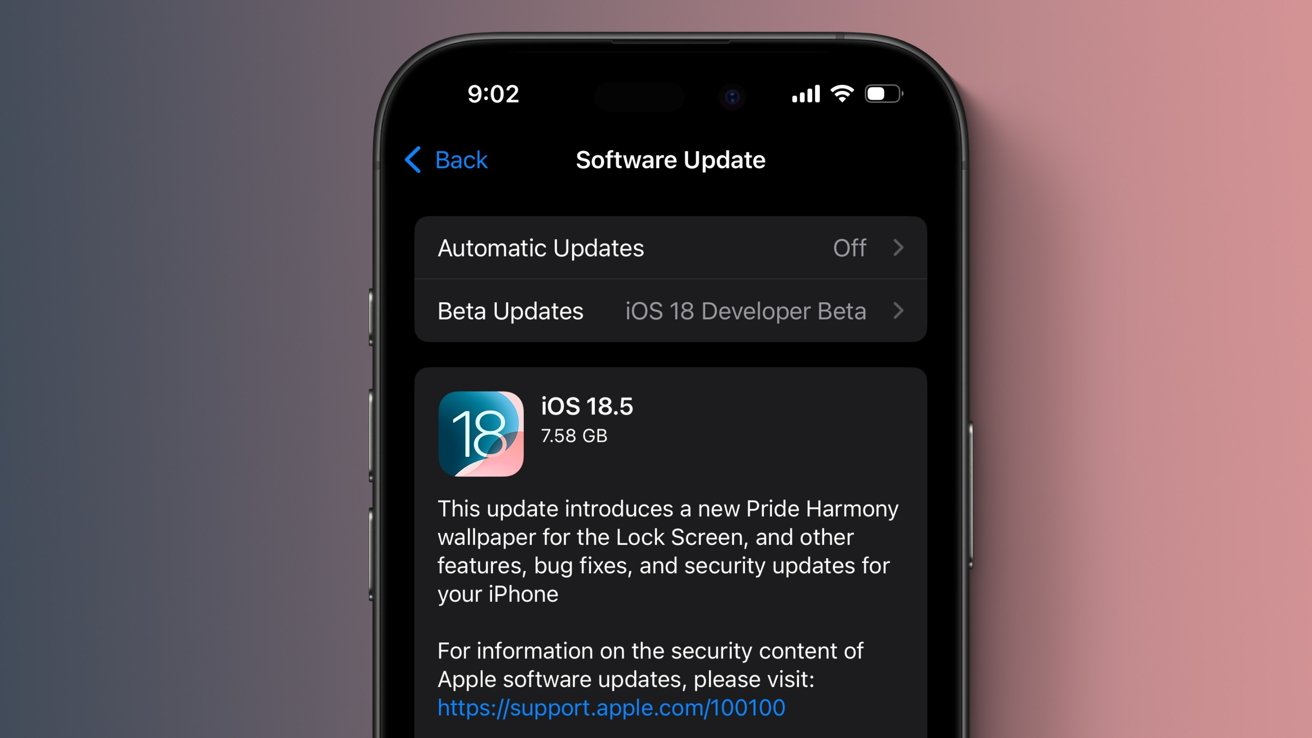




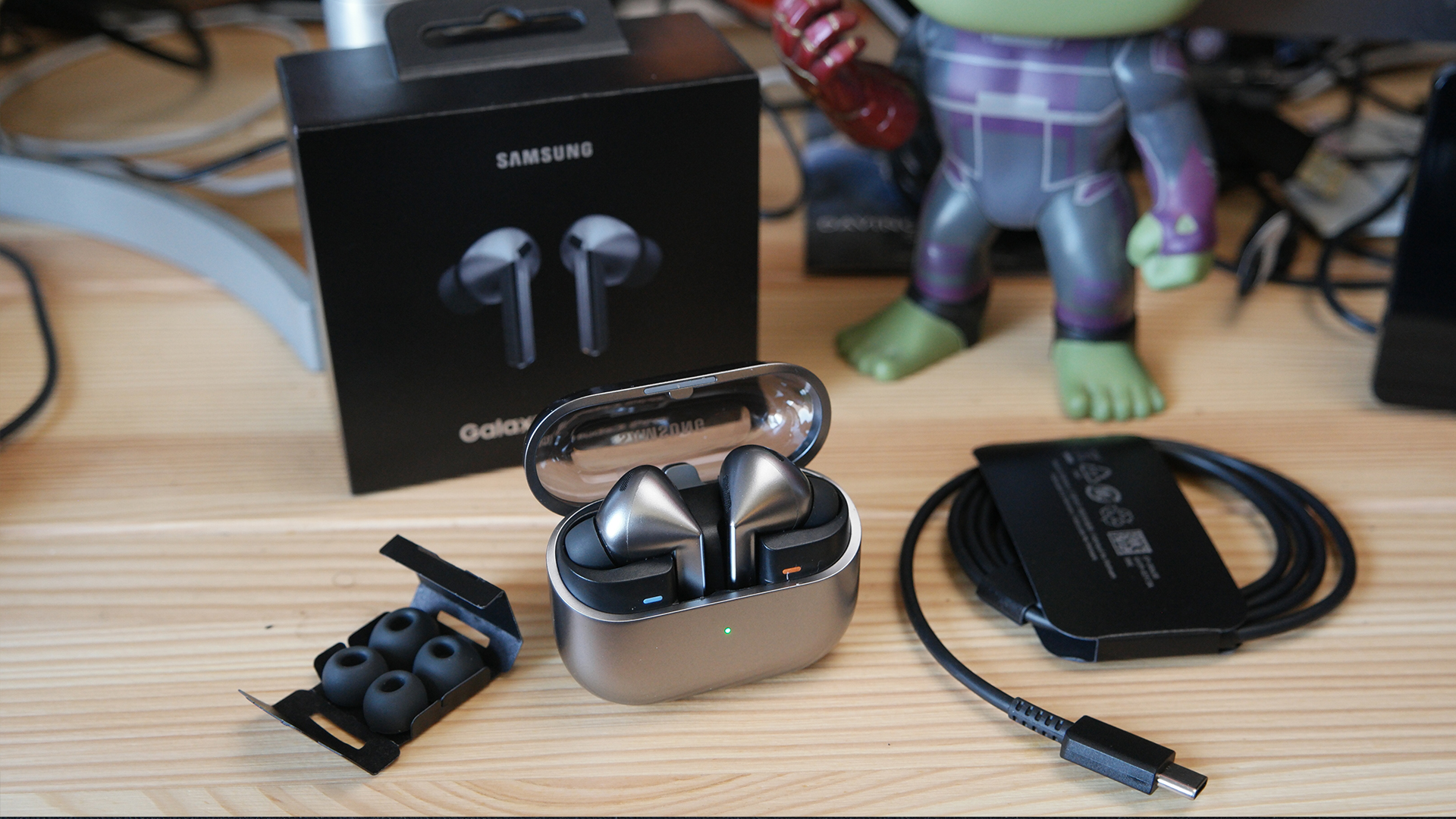
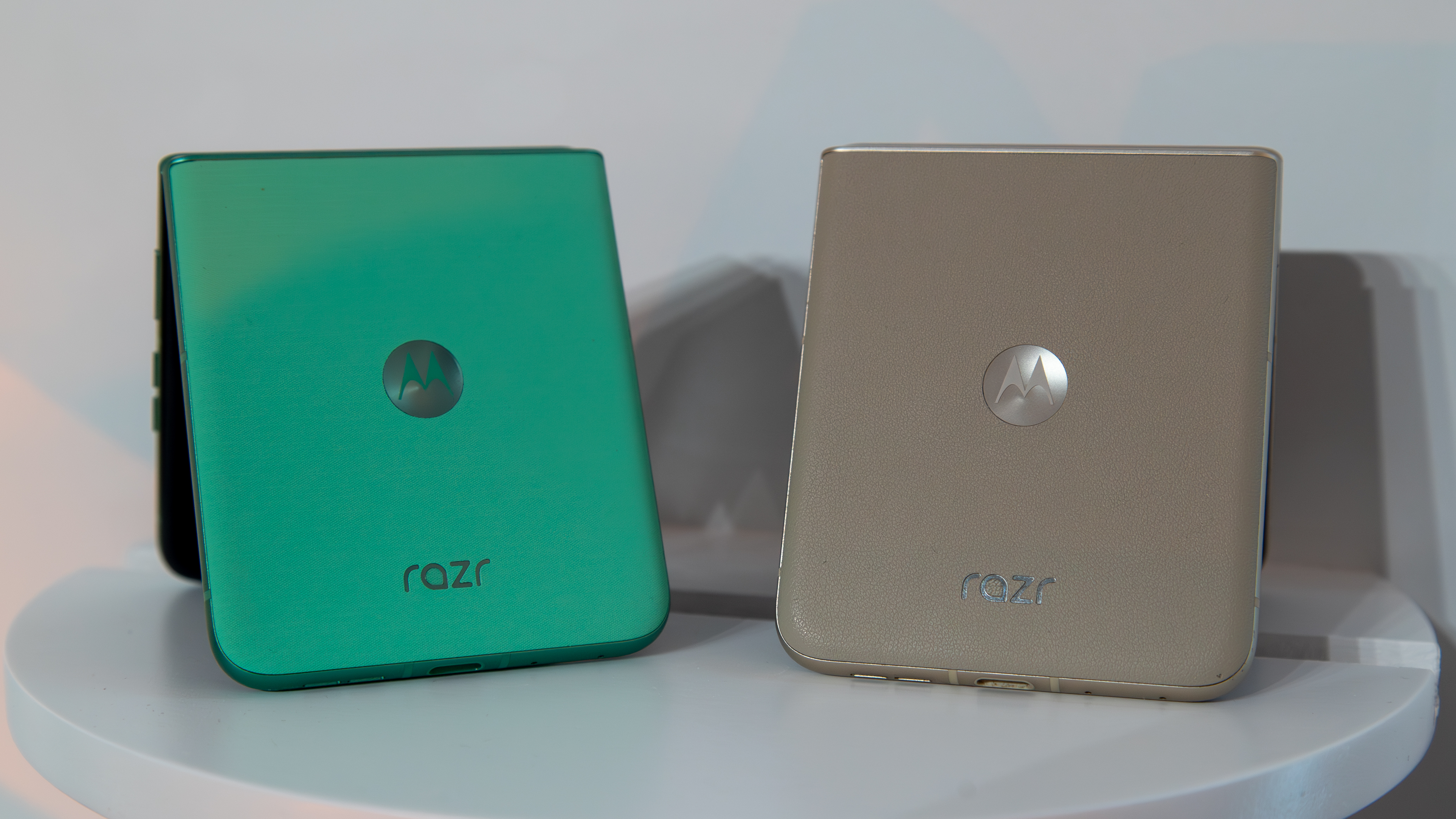
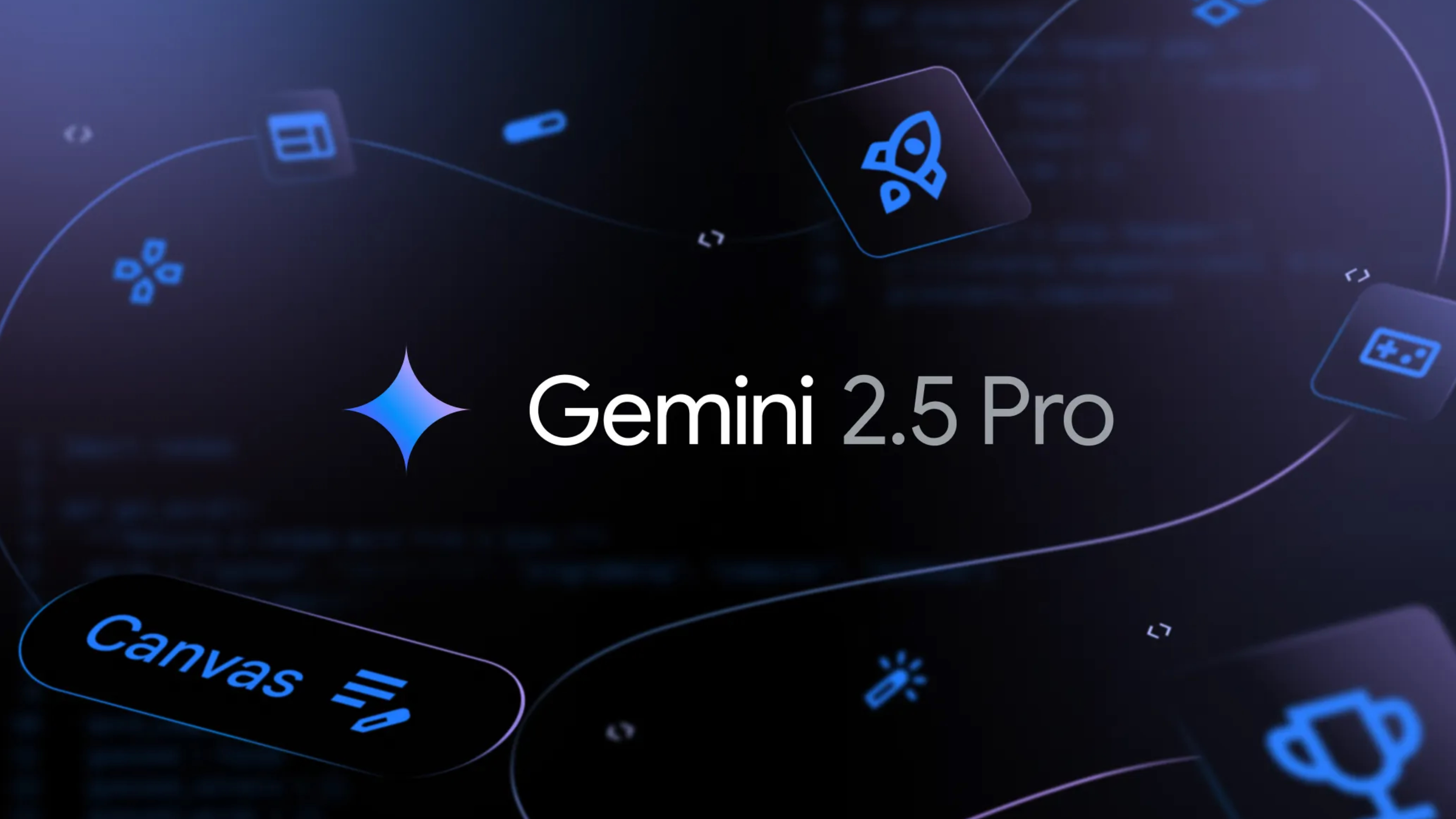









![Look at this Chrome Dino figure and its adorable tiny boombox [Gallery]](https://i0.wp.com/9to5google.com/wp-content/uploads/sites/4/2025/05/chrome-dino-youtube-boombox-1.jpg?resize=1200%2C628&quality=82&strip=all&ssl=1)











![Apple Seeds visionOS 2.5 RC to Developers [Download]](https://www.iclarified.com/images/news/97240/97240/97240-640.jpg)
![Apple Seeds tvOS 18.5 RC to Developers [Download]](https://www.iclarified.com/images/news/97243/97243/97243-640.jpg)

![Apple Releases macOS Sequoia 15.5 RC to Developers [Download]](https://www.iclarified.com/images/news/97245/97245/97245-640.jpg)















